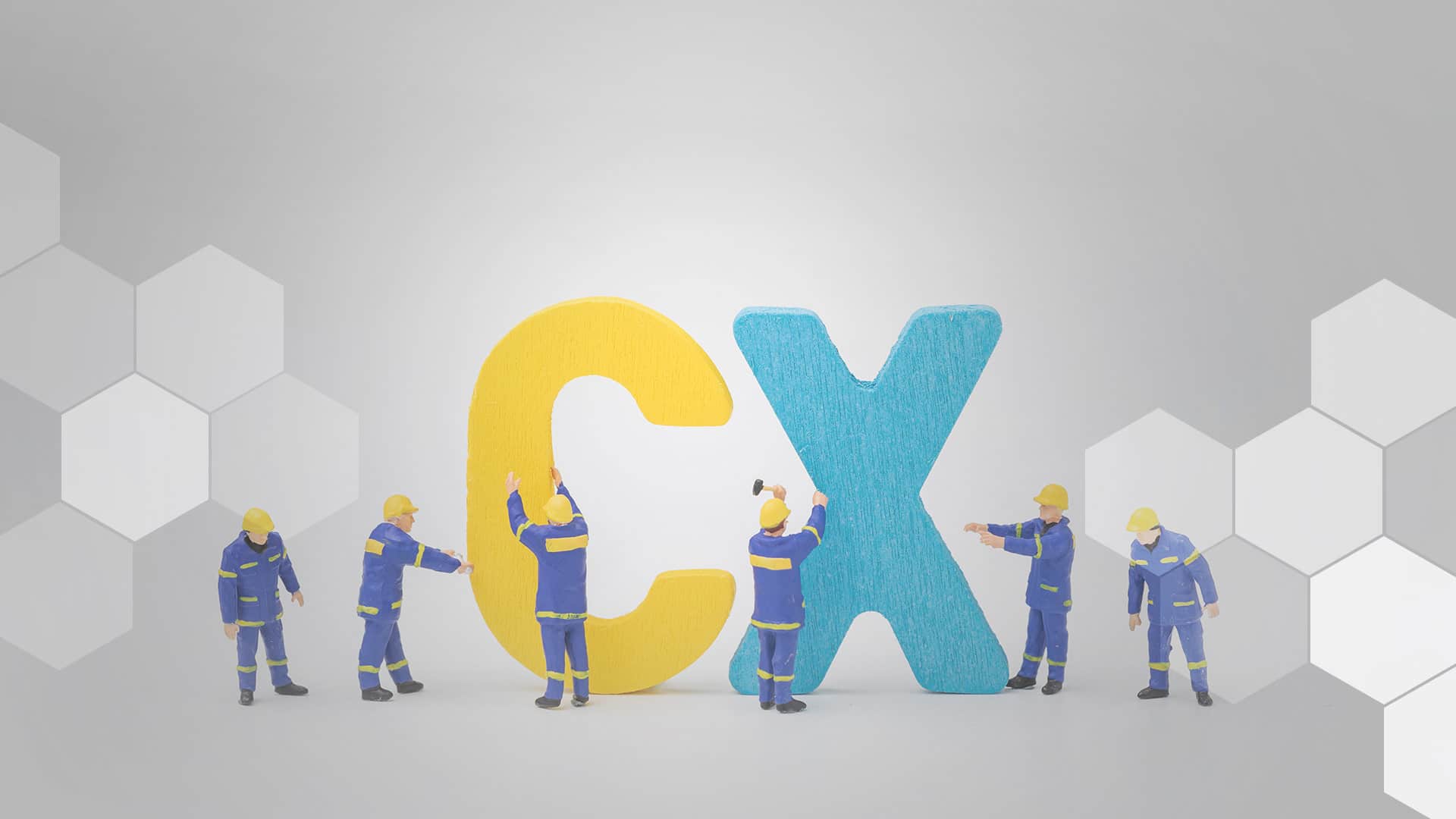It’s time to start creating a better experience for your customers.
Research shows that 25% of customers will ditch a brand after just one bad experience. One. You really have no more excuses when it comes to improving your CX. But don’t panic. We’ve got some thought starters to get you on your way.
Look at your customer journey
Imagine your customer journey as an actual journey, full of different side routes, experiences and potholes. A map that illustrates every step your customer takes with your company. When you look at this map you should see every touchpoint (that time your customer Tweeted you) as well as all the detours (when they were transferred to another department) as well as all the potholes in the road (unresolved queries or excessive hold time).
By looking at your customer journey this way, you can see which detours need to be closed off and all the potholes that need to be filled to create a frictionless journey.
We can wax lyrical about the methods and metrics you can use to track these journeys (surveys, sentiment analysis, hold time statistics, data analytics etc) as well how to improve them (optimized routing, for one) but you can find all that advice and more on our blog.
Remember that customers are people
Everyone has good days and bad days. Likewise, customers can have a good experience or a bad experience with a company. Interestingly, these two often go hand in hand. Chances are a customer is already having a bad day when they need to pick up the phone to get in touch with your contact center. According to a recent Forbes article: ‘The worst customer experiences are often offered by the industries that handle customers in the most difficult times in the customer’s life. For example, think of the reputation of insurance, healthcare or even the airlines. Many of these industries have terrible reputations because during the moments that matter for customers’ these industries disappoint.’
The difference between a good and a bad customer experience is as simple as putting yourself in your customer’s shoes.
Really listen when they talk, show empathy for their plight, do everything you can to help them, and communicate often to show you care.
Forge a personal relationship
One of the foundations of marketing is to do market research to identify your target market. We want you to take this one step further and really get to know your customer on a personal level.
Discover their personal details, circumstances, purchase history, buying habits, likes and dislikes etc. and use this information to create a personalized experience unique to them alone.
This experience would look something like this:
- greet your customer by their name on every channel they use
- show them you’ve been paying attention by recommending products they might like based on their purchase history
- ask how they enjoyed their trip/purchase/new service that you helped them with previously
- reward them often – even just for the sake of it
Forbes recognizes that experience matters most when it comes to customer satisfaction. You should too.
Incorporate good CX into your values and culture
This is probably the most important piece of advice we can share. You paying attention?
Make customer delight one of your key drivers.
Simply put. Place the customer at the center of everything you do. After all, your business would be nothing without the people who support your products or services.
- encourage your staff to adopt a solution-focused attitude to handling queries
- manage expectations but over-deliver anyway
- mobilize the troops to be customer evangelists
- make customer service a top priority
If you constantly delight your customers, you’ll find your brand reputation, customer reviews and word of mouth referrals soar through the roof. But mostly the feeling of goodwill will seep into your culture and multiply, resulting in a team that aren’t just customer evangelists, but company ones too.
‘The customer is always right’ was first popularized in the nineteenth century by retailers such as Marshall Field. It’s never lost its relevance.
Serious about upping the ante on your CX? Read more advice here.
